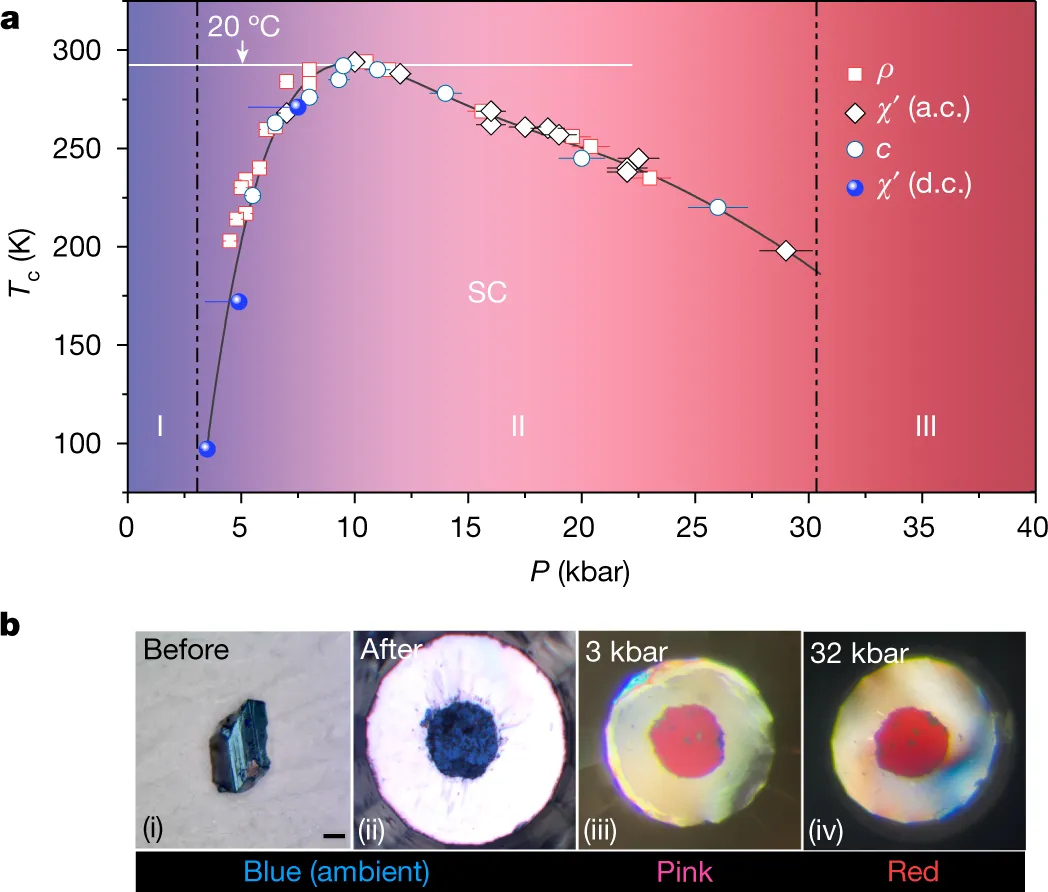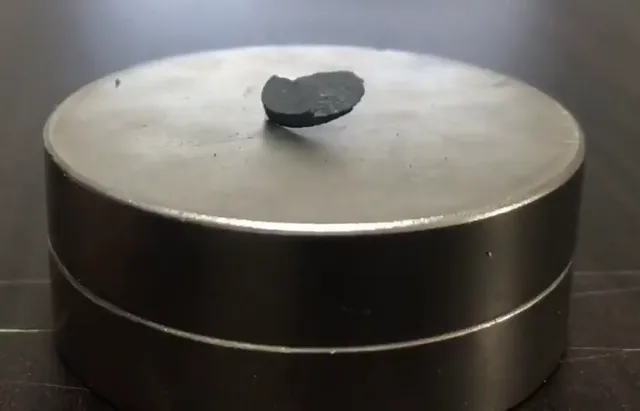Not so 'super' conductivity
Katrina Borthwick - 27th November 2023
In his introduction to the Newsletter in late July Craig mentioned the materials science news around the possibility of room temperature superconductivity, with a compound called LK-99 being announced out of a research team in South Korea. At the time there was a lot of skepticism about this claim.
As you may have heard, that one hit the rocks - and now another paper published in March, claiming N-doped lutetium hydride could be a superconductor, was also withdrawn, on 7 November.
This is the third time this has happened in the last two years, and it feels a bit like the cold fusion frenzy that hit in the 80s, which was ‘declared dead’ by most scientists by late 1989.
So, what’s going on?
Why is room temperature superconductivity important?
Superconductivity is the property of certain materials to conduct direct current (DC) electricity without energy loss when they are cooled below a critical temperature. These materials also expel magnetic fields as they transition to the superconducting state. Around half of all elements are superconductors at low temperatures and we already currently make use of some of them, for example in MRI machines.
So far all the superconductors we have found need to be really, really cold to work (close to absolute zero). That is because most energy loss is caused by electrical resistance. Electrical resistance is caused by electrons bouncing around. When electrons in a metal get very cold, they can pair up and so they aren’t free to bounce around any more and the resistance disappears.
Obviously making things really cold is not a very efficient process, and uses a lot of energy in itself, thereby defeating the purpose from a commercial perspective. That’s why researchers are trying to develop super conductors that can work at higher temperatures. If that can be done, then transporting energy becomes more efficient, and there are also options for developing energy storage we don’t really have now.
About 8-15% of energy is lost between generating power and delivering it to consumers, just from the resistance in power lines. So applying superconductive materials to the transmission of power is a really attractive idea.
Superconducting magnetic energy storage (SMES) is also the only energy storage technology that stores electric current. This flowing current generates a magnetic field, which is the means of energy storage. The current continues to loop continuously until it is needed and discharged. If we can get this to operate at a feasible temperature that doesn’t require energy input this would allow us, for example, to store solar energy captured during the day and use it at night. At present there is no real efficient way of doing this. Batteries can be charged but have very limited capacity, and again, suffer from low efficiency and some energy loss.
It goes without saying that if we can get superconductors to operate at anywhere near room temperature, then it will be a game changer, and there would be a Nobel Prize awarded for such a discovery. Not to mention the potential for commercial gains.
But, just like cold fusion, this lucrative goal has meant that the field has been subject to a number of claims of success that have resulted in a strong backlash and ultimately proved to be unfounded, or even deliberately false.
The latest debacle
The claim that N-doped lutetium hydride was a room temperature superconductor was published in the Nature journal in March this year by a number of Authors, including Ranga Dias.

The paper resulted in experts contacting the journal to express concerns about “the reliability of the electrical resistance data presented in the paper”, Nature said. After an investigation, the journal concluded that “these concerns are credible, substantial and remain unresolved”. Eventually, the study’s 11 authors then sent a letter to the journal asking for the paper to be retracted, and it was. RETRACTED ARTICLE: Evidence of near-ambient superconductivity in a N-doped lutetium hydride | Nature
Disappointingly this was the second time in two years that a paper on room-temperature superconductors by Dias and another member of this team had been retracted by Nature. Dias and physicist Ashkan Salamat (University of Nevada LA) had previously claimed to have created a high-temperature superconductor using carbonaceous sulphur hydride, but that study was retracted by Nature last year. Dias has objected to its retraction. RETRACTED ARTICLE: Room-temperature superconductivity in a carbonaceous sulfur hydride | Nature
He also has another paper co-authored with Salamat, that was retracted by the Physical Review Letters. Even Salamat supported this retraction, but Dias objected to it.
Adding to this there are other allegations flying around, including that he plagiarised a significant part of his PhD thesis. There is a 109 page analysis on that on the internet here dias_thesis_report_visualization-1681926283033.pdf (science.org).
It therefore probably won’t come as a surprise to you that his workplace (University of Rochester) is currently investigating him.
How Dias managed to get his second paper published is beyond comprehension.
The LK-99 kerfuffle
The LK-99 announcement of a room temperature superconductor was what kicked the superconductor madness off for this year, and as you might have gathered it also came to nought.
Unlike Dias’ work, this wasn’t proper published research - it was a non-peer reviewed preprint published by an obscure outfit called the Quantum Energy Research Centre.
The study simply could not be replicated, despite dozens of attempts.Two weeks later, follow-up preprint papers from more reputable sources found that LK-99 isn’t a superconductor after all, and is actually a less efficient conductor than copper at room temperature by a factor of about a billion. So, in reality, it’s a very good example of a non-superconductor. It turns out LK-99 exhibits “ferromagnetism”—not superconductor properties. Ferromagnetism is a not uncommon magnetic phenomena, and there aren’t really any useful applications for it. They probably should have noticed that!

Although LK-99 is disappointing, I think there were easily a tonne of red flags for anyone interested in this area of science, and thankfully it wasn’t taken too seriously. I am more horrified that Dias’ work made it to publishing. We have to do better, please!